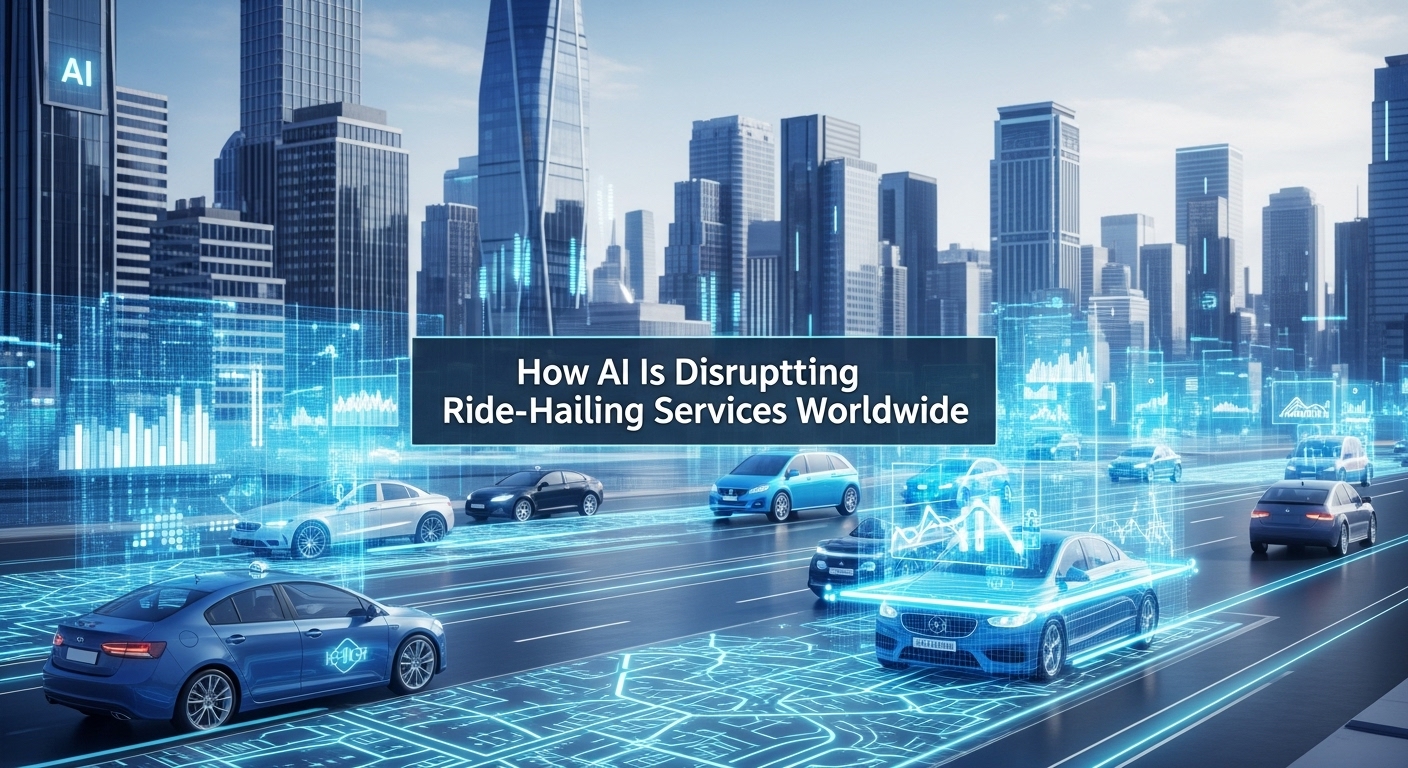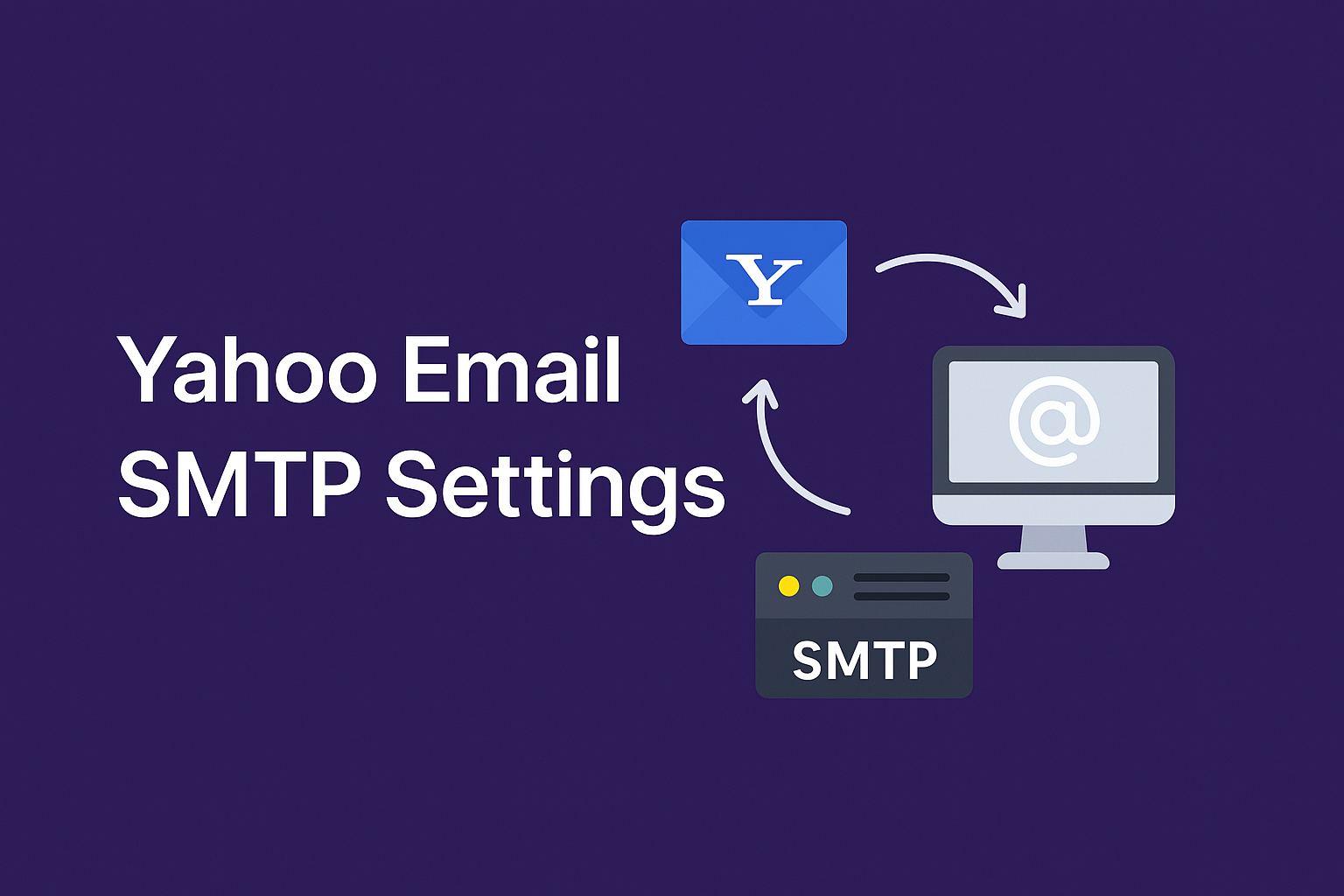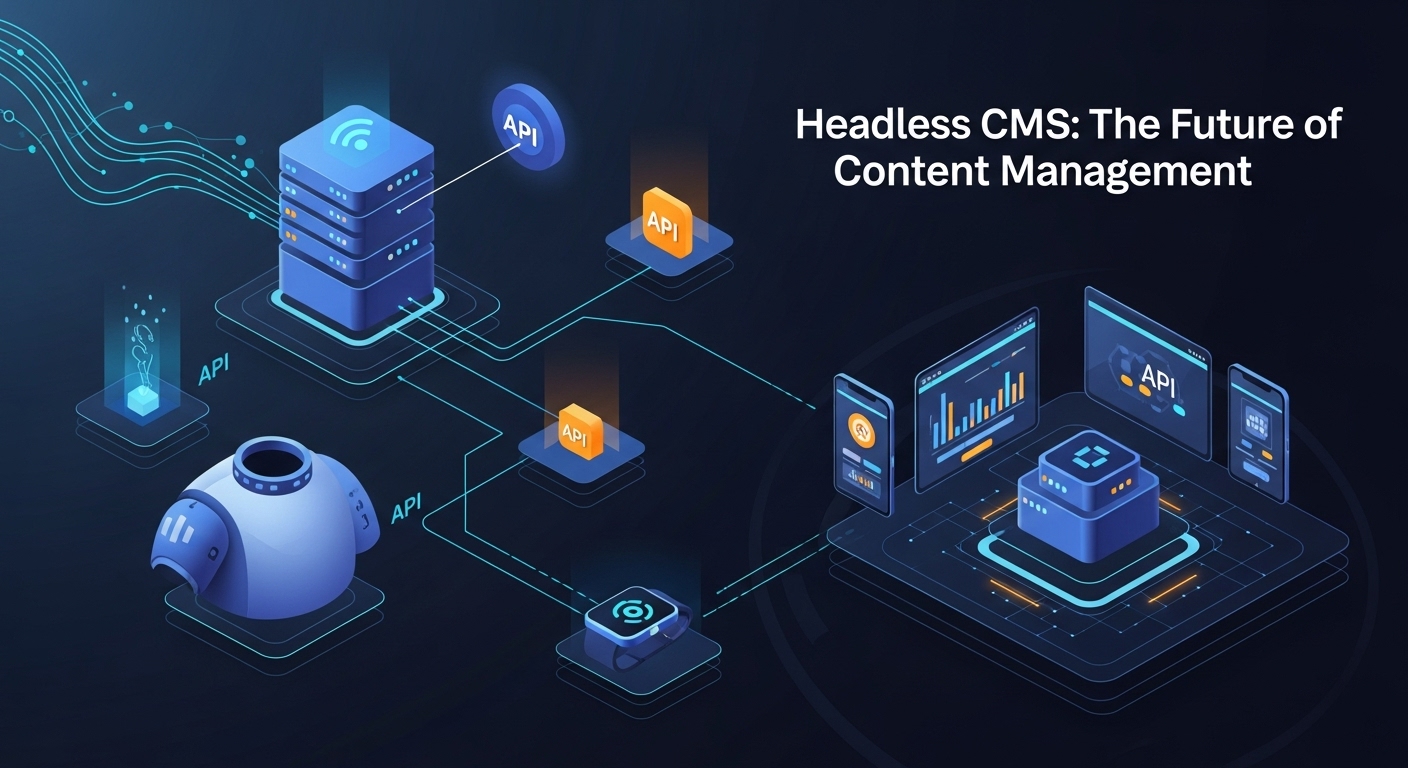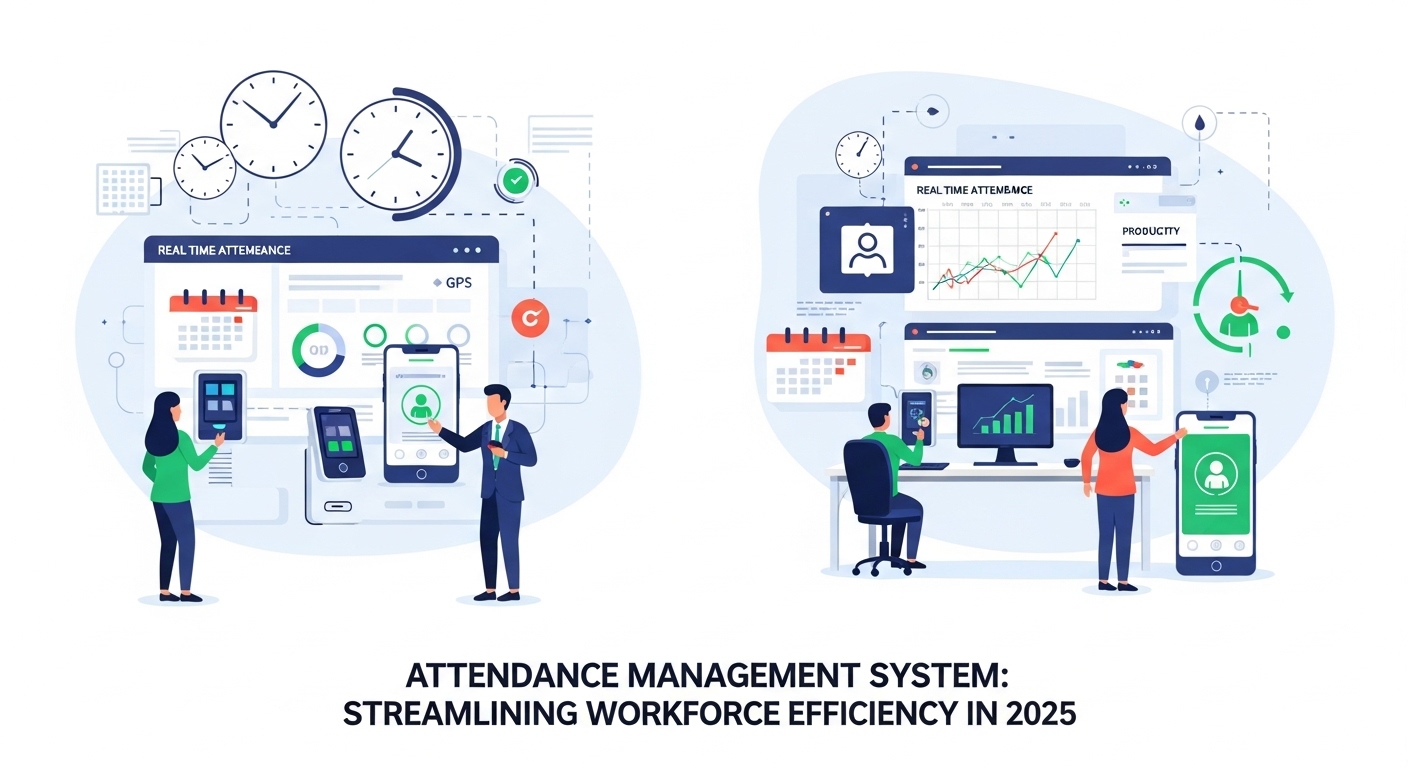How AI Is Disrupting Ride-Hailing Services Worldwide

Strong 8k brings an ultra-HD IPTV experience to your living room and your pocket.
Artificial Intelligence (AI) is no longer a futuristic concept—it’s a present-day reality that is actively transforming industries across the globe. One such industry witnessing rapid disruption is the ride-hailing services sector. From predictive algorithms to autonomous vehicles, AI is redefining how people book, share, and experience urban transportation.
In this blog, we’ll explore how AI is reshaping ride-hailing services, improving customer satisfaction, streamlining operations, and preparing the industry for a smarter, more sustainable future.
The Role of AI in Modern Ride-Hailing Services
At the heart of every major ride-hailing service—whether it's Uber, Lyft, Ola, or Didi—lies a complex network of algorithms and machine learning models. These systems process vast amounts of real-time data to optimize routes, reduce wait times, match riders with drivers, and ensure dynamic pricing.
- AI brings intelligence and automation to the core of operations, enabling ride-hailing companies to:
- Forecast demand using historical data and real-time inputs
- Match drivers and passengers in milliseconds
- Optimize routes based on traffic patterns, weather, and events
- Predict pricing using surge-demand analysis
- Improve customer experience through chatbots and feedback analytics
Let’s take a closer look at how AI is driving this transformation.
1. Smarter Ride Matching and Dynamic Pricing
One of the most critical AI-powered features in ride-hailing services is real-time ride matching. AI algorithms evaluate multiple factors—driver availability, proximity, traffic conditions, and user preferences—to pair riders with the most suitable drivers quickly and efficiently.
Alongside this, dynamic pricing ensures supply meets demand during peak hours or special events. Machine learning models monitor user behavior and predict price elasticity, helping ride-hailing platforms maximize revenue while keeping wait times low.
| Example: Uber’s “surge pricing” is a classic example of AI-driven dynamic pricing, ensuring ride availability even during high-demand periods. |
2. Route Optimization and ETA Predictions
AI has revolutionized route planning for ride-hailing drivers. Rather than relying solely on standard maps, AI-powered systems incorporate live traffic data, road closures, weather conditions, and historical trip data to suggest the fastest and most efficient routes.
Advanced models also offer highly accurate ETA predictions, improving customer satisfaction and reducing uncertainty. As more data is collected over time, the algorithms continue to learn and refine their predictions.
3. AI-Powered Fraud Detection and Safety Monitoring
Security and fraud prevention are major concerns for both riders and companies. AI plays a key role in enhancing safety and trust by:
- Identifying fraudulent behavior such as fake GPS movement or account takeovers
- Monitoring ride behavior using telematics (speed, braking patterns, etc.)
- Triggering alerts in case of route deviation or unexpected stops
- Analyzing feedback and ratings to flag problematic drivers or riders
Facial recognition, voice authentication, and AI-driven background checks are also becoming standard in advanced ride-hailing platforms.
4. Chatbots and Personalized User Experiences
Customer support in ride-hailing services is undergoing a quiet revolution through AI-based chatbots. These bots can resolve common queries, process refunds, or help with ride history—all without human intervention.
Additionally, AI personalizes the user experience by analyzing past behaviors. This can include:
- Offering preferred payment methods
- Suggesting frequently visited locations
- Recommending travel times based on past trends
AI ensures that every ride feels custom-tailored to the user, increasing engagement and loyalty.
5. AI in Fleet Management and Driver Support
For companies managing their own fleets or working with partner drivers, AI can vastly improve operational efficiency.
- Fleet management tools powered by AI offer:
- Predictive maintenance to reduce vehicle breakdowns
- Fuel optimization analytics
- Driver performance tracking and coaching
- Real-time location tracking for improved logistics
This not only reduces costs but also enhances service quality and driver satisfaction.
6. Autonomous Vehicles and the AI Revolution
Perhaps the most exciting frontier is the development of self-driving ride-hailing services. AI is the foundation of autonomous vehicle (AV) technology—enabling cars to detect obstacles, navigate traffic, and make decisions in real time.
Companies like Waymo, Tesla, Cruise, and Baidu are actively testing or deploying autonomous ride-hailing solutions. Although widespread adoption is still a few years away, early trials show immense promise for reducing costs, improving safety, and transforming urban mobility.
The rise of electric vehicles and the potential for autonomous driving technology could also significantly reshape the landscape of ride-hailing services.
7. Environmental and Urban ImpactAI isn’t just changing the ride-hailing business—it’s reshaping cities. Smarter traffic management, reduced congestion, and optimized fuel consumption lead to lower emissions and more sustainable urban environments.
Ride-hailing companies are also integrating EV (Electric Vehicle) support and carbon footprint tracking using AI, appealing to environmentally conscious consumers and policymakers alike.
In the future, AI-powered ride-sharing could reduce the number of cars on the road, resulting in quieter, cleaner, and more efficient cities.
8. Global Trends: AI in Ride-Hailing Around the World
Let’s look at how AI is influencing ride-hailing services in different regions:
- United States: Uber and Lyft are leading with AI-driven pricing and driver allocation algorithms. Waymo is testing fully autonomous ride-hailing in Phoenix.
- China: Didi uses AI for facial recognition, safety alerts, and efficient routing across its 550 million users.
- India: Ola is investing in AI for fare prediction, driver behavior analytics, and electric fleet optimization.
- Europe: Bolt and Free Now are integrating AI to enhance safety and compliance with local transport laws.
Challenges and Considerations
Despite its benefits, AI adoption in ride-hailing isn’t without challenges:
- Data privacy and algorithm transparency concerns
- Job displacement fears due to automation and autonomous vehicles
- High cost of AI model training and deployment
- Ethical dilemmas around algorithmic bias or safety in AV systems
Companies must strike a balance between innovation and responsibility, ensuring ethical AI deployment that serves both business goals and public interest.
Conclusion
Artificial Intelligence is no longer a supportive tool—it’s the driving force behind the next generation of ride-hailing services. From smarter dispatch systems and route optimization to predictive maintenance and autonomous vehicles, AI is unlocking levels of efficiency, safety, and personalization never seen before.
As the industry evolves, those who embrace AI will lead the future of mobility, while others risk falling behind. The integration of electric vehicles and the potential of autonomous driving will only accelerate this transformation.
In short, AI isn’t just disrupting ride-hailing services—it’s redefining them for the decades to come.
Note: IndiBlogHub features both user-submitted and editorial content. We do not verify third-party contributions. Read our Disclaimer and Privacy Policyfor details.







